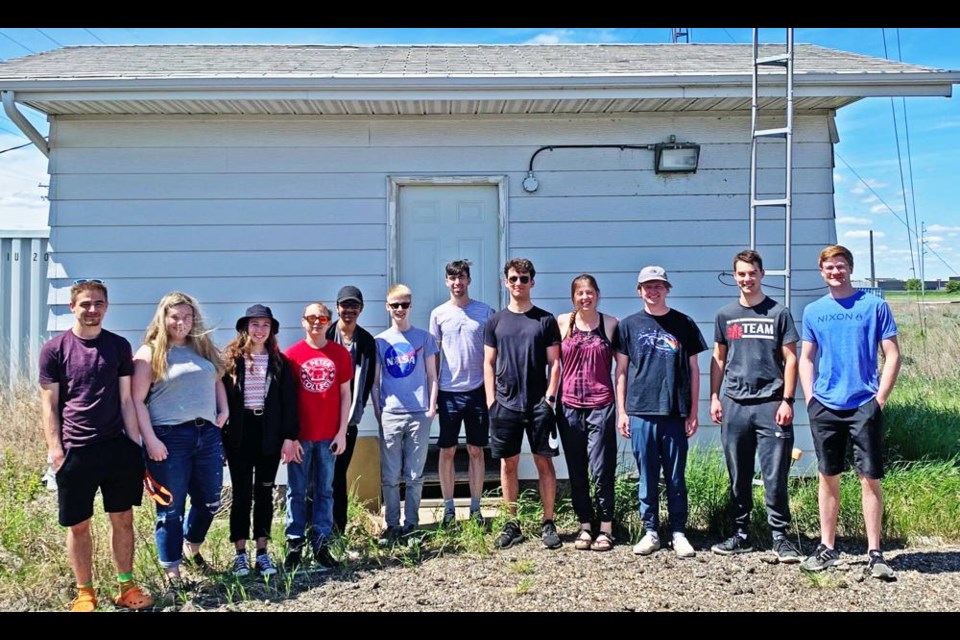WEYBURN – Weyburn engineering student Arliss Sidloski, a member of the University of Saskatchewan’s Space Team, which helped to put together Saskatchewan’s first satellite, is heading to Florida to see the launch of the satellite on Saturday, June 3, and it will be deployed into orbit around Earth from the International Space Station (ISS) in July.
“We are planning on booking a big Airbnb for us all to stay in. Needless to say, we are all super excited!” said Arliss of the team’s plans, noting they want to take an extra day or two for sightseeing in Florida, including taking a tour of the Kennedy Space Centre.
The RADSAT-SK CubeSat Project is a partnership between the Canadian Space Agency (their biggest partner), the USask College of Engineering, Saskatchewan Polytechnic, and the USask Space Design Team.
Arliss is in her second year as president of the USask Space Design Team, and she is one of the technical project managers for the cube satellite project.
“Right now, our CubeSat is scheduled to be delivered to the ISS via SpaceX CRS-28, which is to launch from the Kennedy Space Center in Florida on June 3. The CubeSats are scheduled to be deployed from the ISS on July 10,” said Arliss.
“It is really mind-blowing that our team was able to achieve this,” she added. “As far as we can tell, the RADSAT-SK CubeSat will be the first satellite that has been designed, tested, and assembled in Saskatchewan that is actually going to be deployed. The team has put in countless hours and many long nights to get to this point, so it is so rewarding to finally be able to say that our CubeSat is finally going to space. We are 'over the moon' about that.”
She explained that once the satellite is launched from the space station, it will initially be in the same orbit. The cube satellite doesn’t have its own propulsion system, so it will last for about a year before Earth’s gravity draws it in, and the unit will eventually burn up in the atmosphere.


